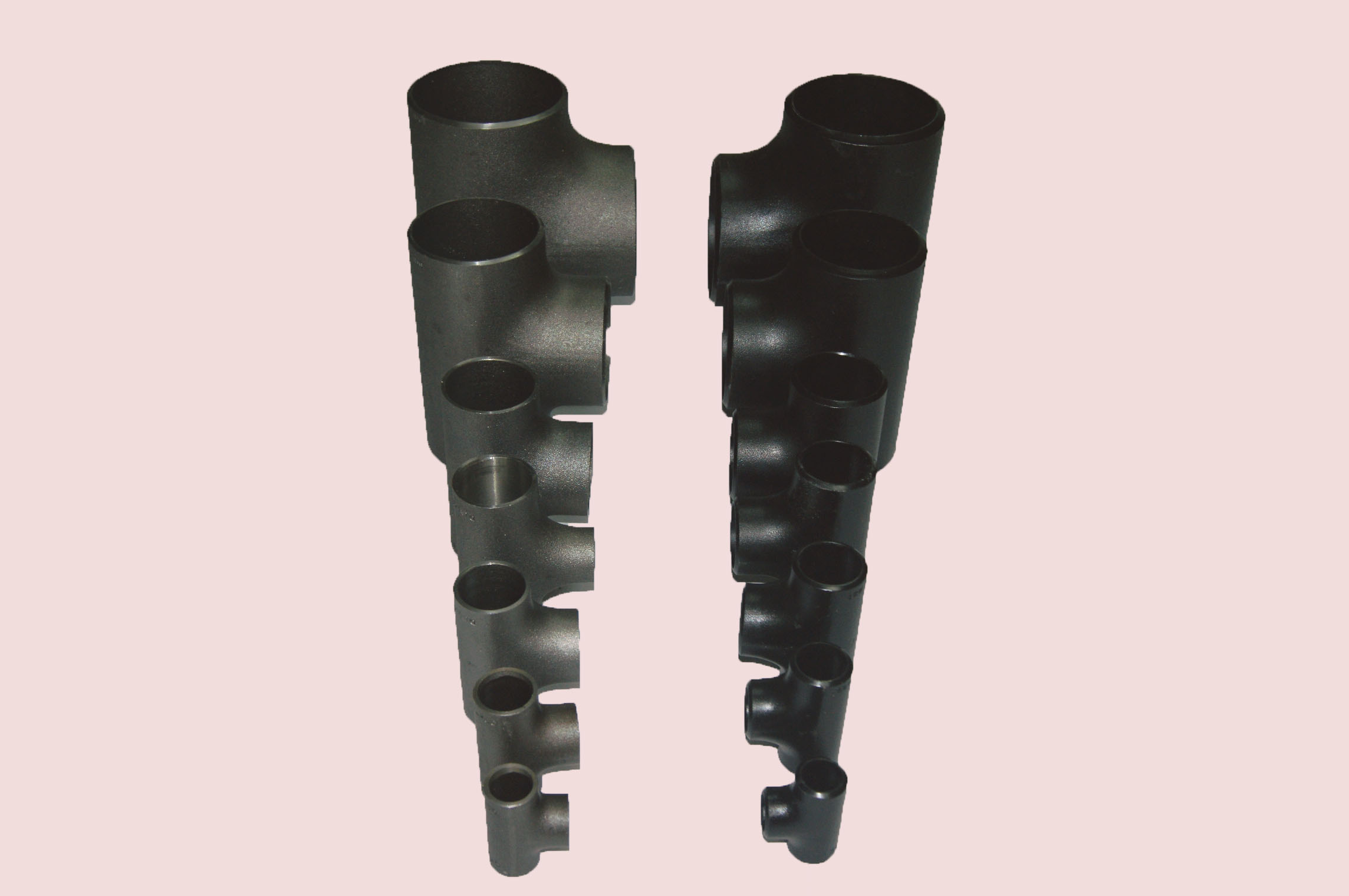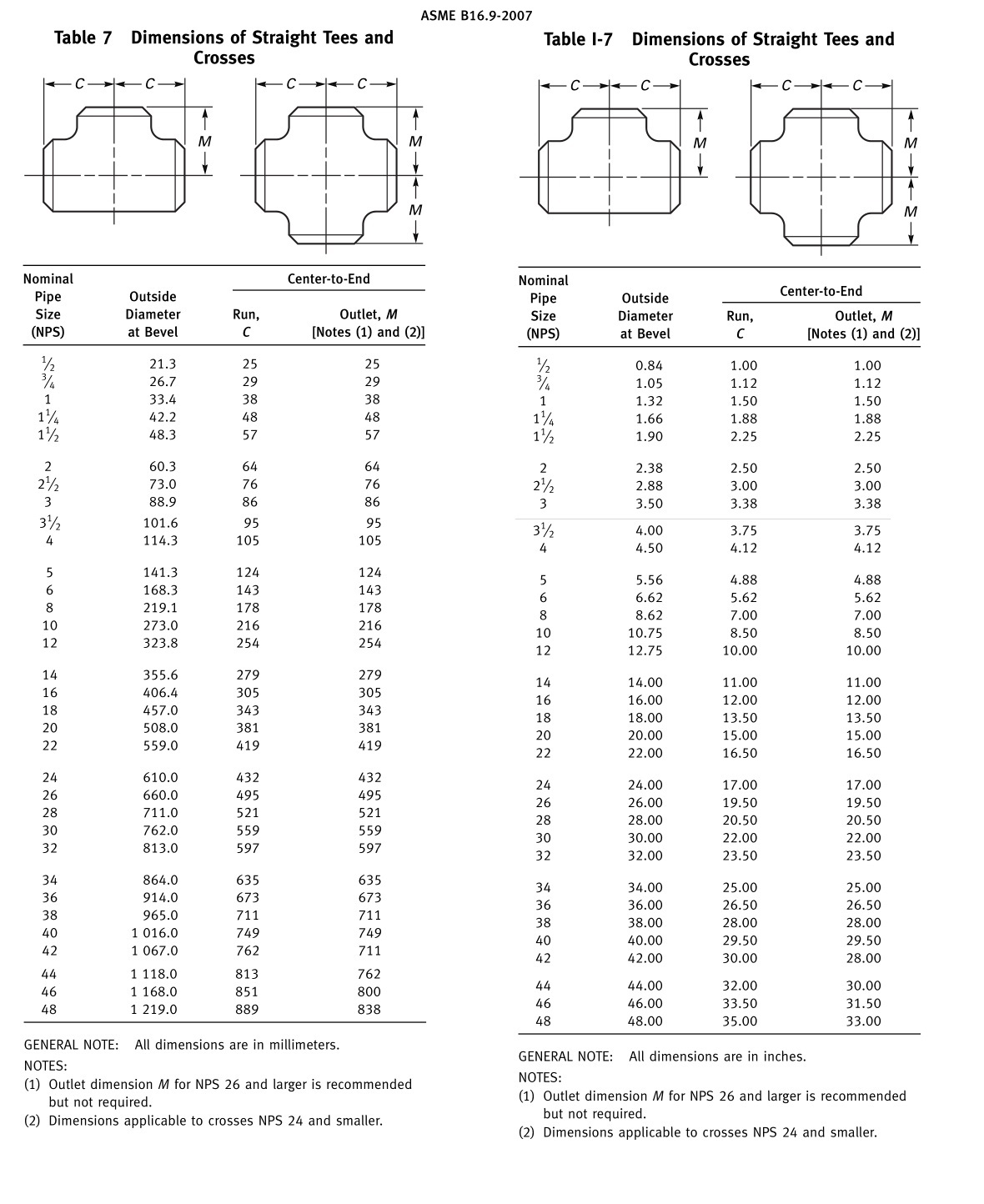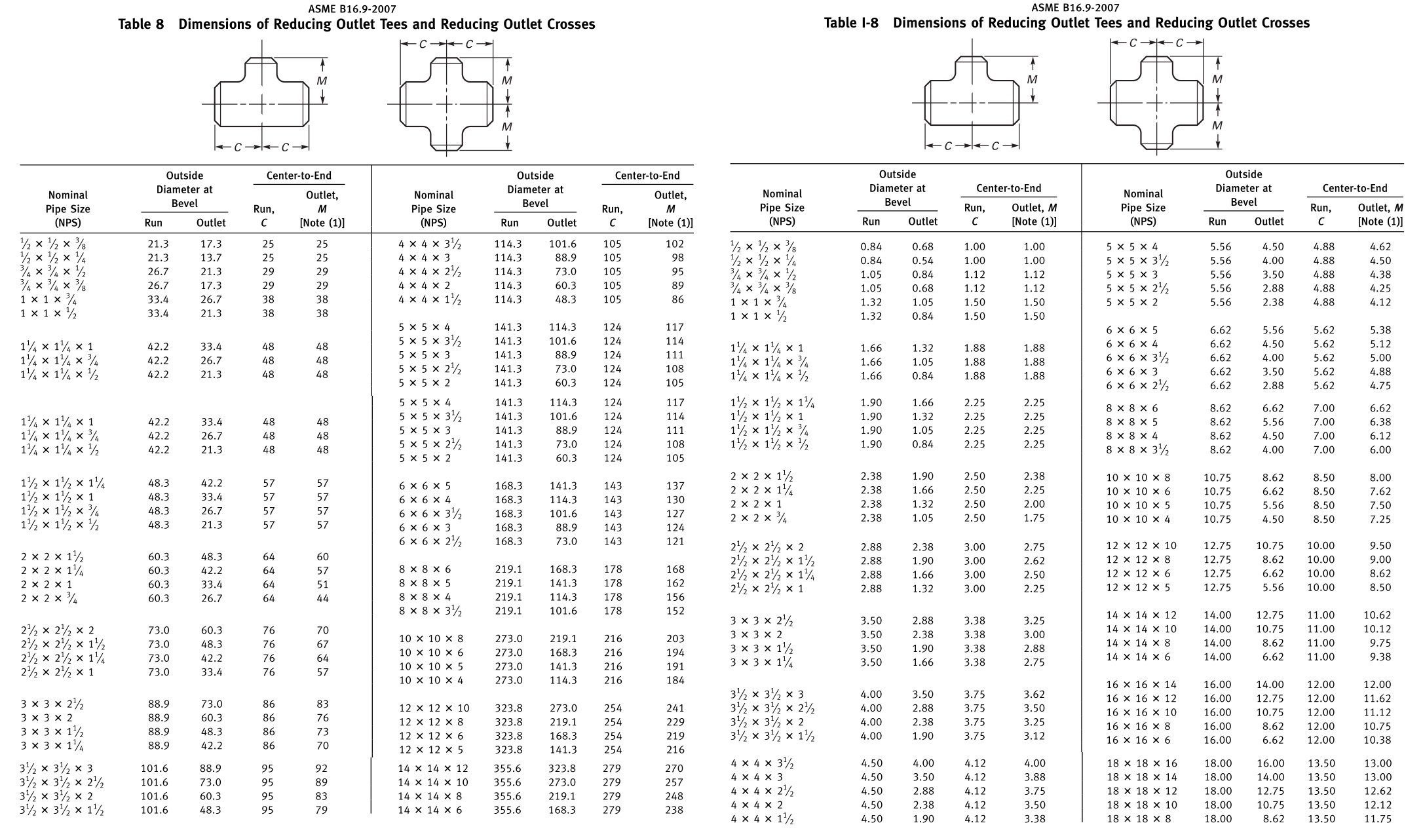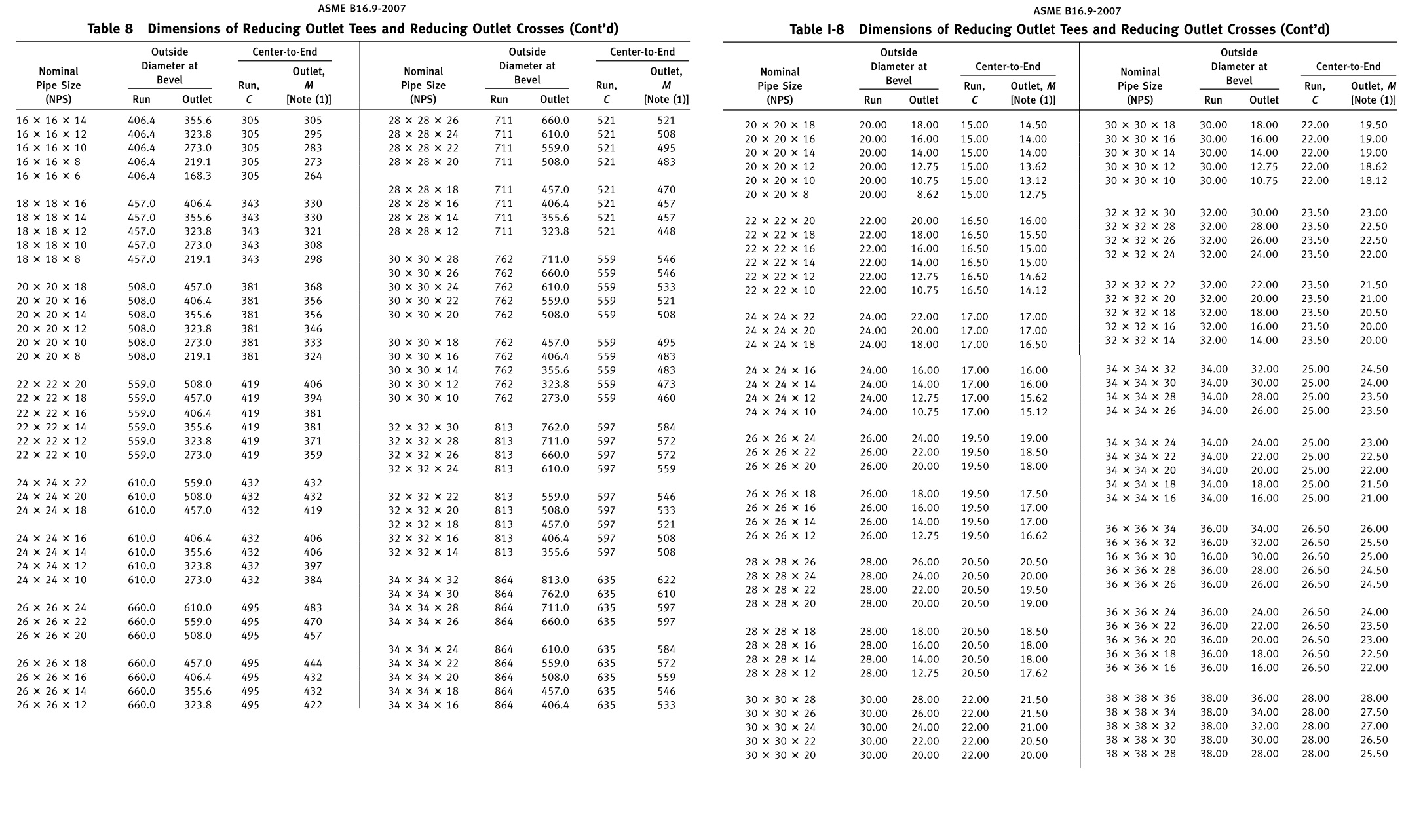In the process of stone mining, processing, handling and paving, its physical and chemical properties are more or less damaged, and the combination of sun, freezing, wind erosion and acid rain causes the stone to be polluted and corroded, forming water spots, Rust spots, Baihua and other stone diseases. In the process of stone care, if you know the cause of stone lesions, you can use the right medicine to carry out effective stone conservation.
The reasons for stone lesions are specifically classified into the following three types:
(1) Physical damage: including freeze-thaw damage and crystallization damage. Freeze-thaw damage means that rainwater, condensed water or groundwater enters the interior of the stone through cracks and capillary holes. When it freezes and freezes, the volume expands and the stone breaks and breaks. Crystallization destruction means that the salt-soluble substance dissolved in water penetrates into the interior of the stone by the lifting action of the capillary. Under the dry condition, the salt component is crystallized, and the pressure generated by the expansion of the crystal causes the surface of the stone to fall off in a powder form or a scale. Under the action of dry and wet alternating, the crystallization damage is intensified.
(2) Chemical corrosion: The occurrence of diseases such as rust, water marks and Baihua is caused by chemical reaction and stone contamination or weathering.
(3) Microbial destruction: Some microorganisms will grow on the wet stone. The microorganisms not only damage the appearance of the stone, but also make the stone discolored. Some products of its metabolism, such as lichenic acid, will erode the stone and its binder. Certain biological enzymes cause the aluminosilicate to release cations, which are destructive to microbial degradation. Microbial destruction accelerates several other destructive effects.
Tee is the connecting piece of Pipe Fittings and pipes. Tee is usually used in the branches of main pipe. It includes straight tee and Reducing Tee. The pipe end of straight tee has same size. The main pipe of reducing tee has same size, but the size of branch pipe is smaller than the main pipe.
Standards:ASME B16.9-2007,ASME B16.25-2007,ASME B16.5-2007,EN10253-1-1999 EN10253-2-2007 EN10253-3-2008 EN10253-4-2008
DIN2605-1-1992 DIN2605-2-1995,JIS B2311-2009 JIS B2312-2009 JIS B2313-2009,GB/T12459-2005 GB/T13401-2005 GB/T10752-2005SH/T3408-1996 SH/T3409-1996,SY/T0609-2006 SY/T0518-2002 SY/T0510-1998 ,DL/T695-1999 GD2000 GD87-1101,HG/T21635-1987 HG/T21631-1990
SIZE
seamless size: 1/2"~24"(DN15~DN600)
welding size: 4"~78" DN150~DN1900
Wall Thickness:sch10, sch20, sch30, std, sch40, sch60, xs, sch80, sch100, sch120, sch140, sch160, xxs, sch5s, sch20s, sch40s, sch80s
Materials:
carbon steel: ASTM/ASME A234 WPB-WPC
alloy steel: ASTM/ASME A234 WP 1-WP 12-WP 11-WP 22-WP 5-WP 91-WP 911stainless steel: ASTM/ASME A403 WP 304-304L-304H-304LN-304N
ASTM/ASME A403 WP 316-316L-316H-316LN-316N-316Ti
ASTM/ASME A403 WP 321-321H ASTM/ASME A403 WP 347-347H
Low-temperature steel: ASTM/ASME A402 WPL 3-WPL 6
High performance: ASTM/ASME A860 WPHY 42-46-52-60-65-70
Industrial processes:bending,squeezing,pressing,forging,machining and more
Applications:Our pipe Tees are widely used in many industries,such as petroleum,power generation,natural gas, chemicals, shipbuilding, papermaking and metallurgy,and so on.





Steel Tees,Carbon Steel Tee,Seamless Pipe Tees,Reducing Tee
HEBEI ZIFENG NEW ENERGY TECHNOLOGY CO.,LTD. , https://www.zifengpipeline.com
